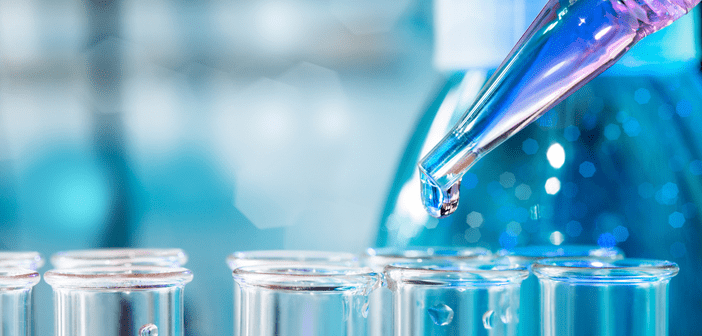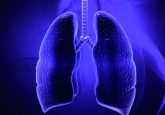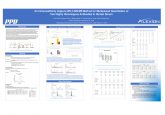The significance of smart biomarker assays: an interview with Sharon DeChenne

In this interview, we review how beneficial and challenging smart biomarker assays can be to develop, the key considerations in smart biomarker development and what the future might look like for the field in 5 or 10 years’ time in response to the COVID-19 pandemic

Sharon DeChenne
Senior Scientist II
Alturas Analytics (ID, USA)
Sharon DeChenne is a Senior Scientist II at Alturas Analytics (ID, USA) and functions as Principal Investigator and Study Director, responsible for technical oversight and communications with her clients. Sharon’s 10-year history with Alturas focused on LC-MS/MS method development, validation and analysis of study samples for small new chemical entities, biologics and antibody-drug conjugate (ADC) programs in accordance with applicable GLPs and internal SOPs. This depth of experience in applied LC-MS/MS, along with an education in chemical engineering, is an ideal combination for innovative problem-solving in the bioanalytical lab. In addition to her scientific contributions, she developed a training program for new scientist team members, which she implemented with great success.
Sharon is a highly respected member of the Alturas Team. Her favorite part of working at Alturas is interacting with the amazing team while living and raising her family in the beautiful Pacific Northwest.
1. What is a smart biomarker assay?
A smart biomarker assay measures the intended analytes with a biologically appropriate dynamic range. It is robust, reliable and repeatable and may or may not be validated per regulatory requirements, depending on the intended endpoints.
2. What are the benefits and challenges of developing smart biomarker assays?
Biomarker measurements can provide pharmaceutical companies with a deeper understanding of disease development and manifestation in target populations. A smart biomarker assay can reduce costs and shorten timelines while providing the reliable data that sponsors need to bring new therapies to patients.
For LC-MS/MS biomarker assays, some development challenges include achieving necessary sensitivity, finding an appropriate matrix for the calibrators and QCs and chromatographically separating any interfering compounds.
3. What are the 3 key considerations to keep in mind when developing biomarker assays?
- Selectivity – When developing an effective biomarker assay, you must be certain that you are measuring what you want to measure. This is true for any assay but can be especially tricky for biomarker assays. Since the biomarkers are, by definition, endogenous, the biological matrix will likely contain many similar components to the biomarker you are interested in measuring. The scientist must be aware of metabolic precursors, metabolites and/or structurally similar potential interferents in the matrix.
- Suitable matrix – Many LC-MS/MS biomarker assays will require a surrogate matrix for the calibrators and QCs if the level of the biomarker in an authentic matrix is high. Many excellent surrogate matrixes can be purchased. Care should be taken to ensure parallelism and dilution linearity using the surrogate matrix. Sometimes for an exploratory ‘fit-for-purpose’ assay, there is room for creativity. For instance, if the biomarker is present in the liver but not in the kidney, then kidney homogenate may be selected as the matrix to measure the biomarker in liver homogenate.
- Suitable dynamic range – Often, normal levels of biomarkers are known and published and can be used as a starting place when moving into the analysis of diseased populations.
4. What types of guidance are followed during a study, according to the endpoint?
If the biomarker assay data is intended to support a safety endpoint or dose adjustment, CAP/CLIA guidance should be followed.
If the biomarker assay data is intended to measure patient responses to a therapy via a PK/PD endpoint, FDA bioanalytical method validation guidance should be followed.
5. After the pandemic and the impact of COVID-19, what do you think the field will look like in 5- or 10-years’ time?
As companies continue to follow the trend of remote and flexible work, outsourcing biomarker assays to CROs will increase. As novel therapies constantly arrive on the bioanalytical scene, we can expect an increase in demand for biomarker assays. Inevitably the number of biomarkers that sponsors need to monitor for full pharmacodynamic understanding of their selected drug will increase, posing new analytical and technological challenges.
This interview is a part of our In the Zone feature with Alturas Analytics, Inc. on smart biomarker assays. For more expert opinions on this topic, visit our feature homepage
In association with:





